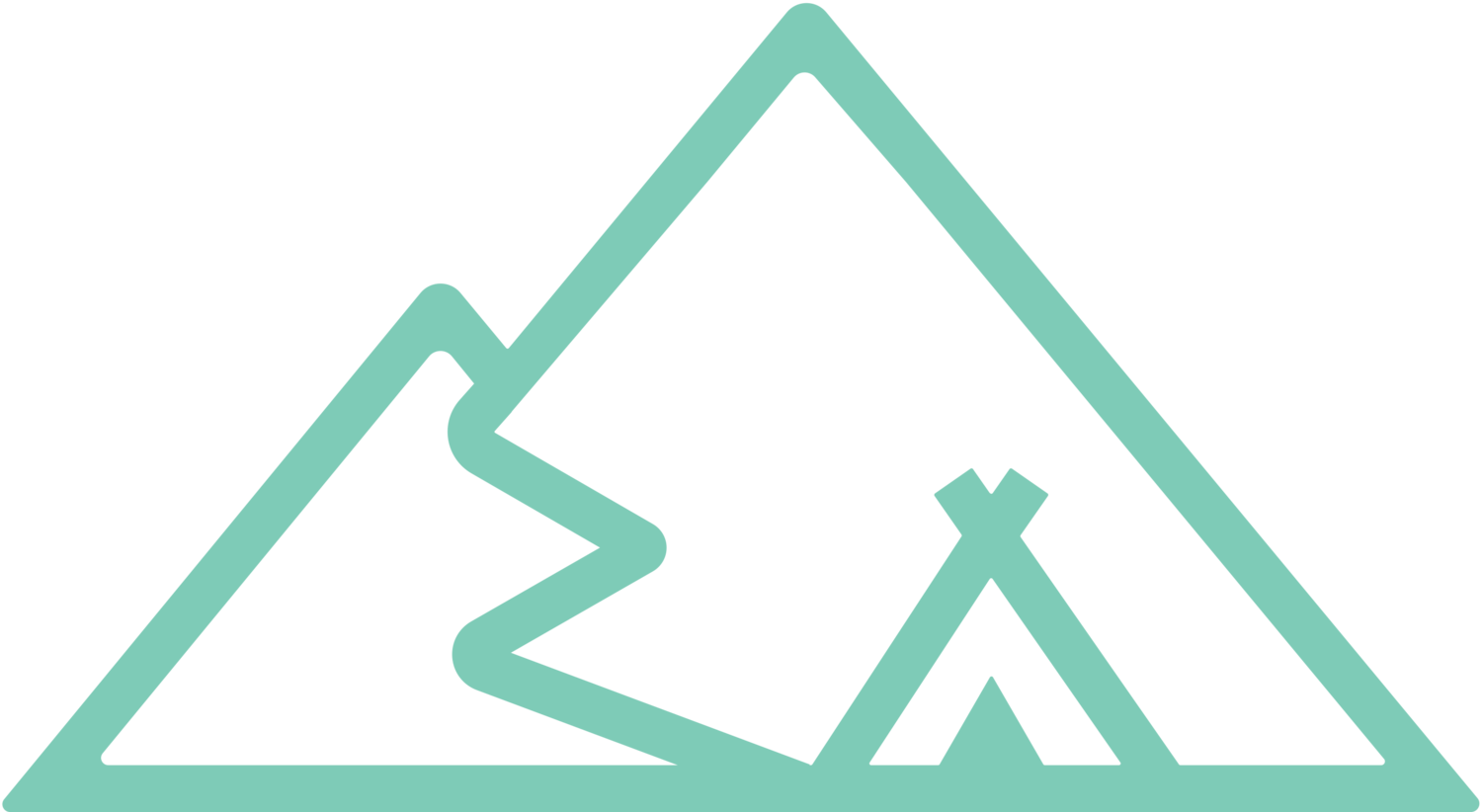Building BASECAMP: A Behind-the-Scenes Look at Cape Breton’s New Winter Refuge
During the summer of 2024, I was doing something completely ordinary—grabbing a coffee at the Highwheeler Café on my way to start another long day of building our new shop at Ingonish Beach—when my phone buzzed. I glanced down and saw an email that would end up changing the trajectory of winter adventures for Live Life In Tents.
“Hey Lee, I’m Gareth, a mountain guide travelling through Canada this summer. I’ll be hiking the East Coast Trail and then coming to Nova Scotia looking to pick up some work. If you have anything, let me know!”
I didn’t overthink it. I didn’t ask for a résumé or references. I just typed back: “Call me 902-******.”
And that was it. That was how we hired a guy on a whim—someone who would end up sparking an idea that, as far as we can tell, has never been done before in the Cape Breton Highlands National Park.
Snowshoeing on Franey Mountain, Ingonish
Before I get to that idea, let me back up and give you some context. Because once you understand the why behind it all, the idea becomes even more exciting.
Over the last eight years of guiding, organizing, and building trips with Live Life In Tents, one of the biggest barriers we’ve seen again and again is accessibility to the backcountry. For seasoned hikers and campers, getting into the woods might feel as natural as breathing. Pack a bag, pick a route, hit the ground—easy. But for anyone who didn’t grow up doing this, or who hasn’t had someone show them the ropes, it can feel overwhelmingly complicated.
Where do you go? How do you get a permit? What do you bring? What don’t you bring? How do you know you’re not biting off more than you can chew?
Right now, Cape Breton—especially within the boundaries of the Highlands National Park—doesn’t offer much public guidance on how to safely and confidently head into the backcountry. Most routes, tips, and local knowledge get shared verbally, passed between adventurers in real time. Which means, unless you know someone who knows someone, a lot of that information is out of reach. Not exactly ideal for beginners.
Alps Bivouac
Meanwhile, clear across the Atlantic in the Alps, something very different is happening. There’s a full culture and infrastructure built around small mountain shelters called bivouacs. Hundreds of them. Everything from simple shacks to beautifully engineered structures. People write blog posts about them, create maps, share instructions—and there’s this amazing “bring something, take something” culture around the whole system. Each traveler leaves something for the next person and takes what the previous traveler left. It’s communal, accessible, and welcoming.
I remember learning about that system and thinking, Why can’t we have something like that? What if we created a refuge in the middle of nowhere—something approachable, safe, and inviting—and lowered the barrier to entry for people who want to experience the backcountry?
Enter: BASECAMP.
The North Face Summit Snow Basecamp 2024
In the fall of 2024, I started building a pitch for Parks Canada. The vision was to establish a temporary winter camping village on the backside of Franey Mountain—something inspired by The North Face’s annual winter basecamps out west. The concept was simple: a snowshoe- or ski-in-only destination that could serve as a jumping-off point for alpine missions, cross-country ski loops, snowshoe routes to White Hill, or just a unique place to spend a few nights off-grid.
But beyond the adventure side of it, we wanted to create an easier entry point into the backcountry. Streamlined permits. A clear safety framework. A learning-friendly environment so that even those with limited experience could get a safe, memorable winter wilderness experience.
Flash forward one year to November 2025. Winter is already showing its face in the Highlands, and we’re down to the final details. We’ve officially set our opening window: late February into early March. Registration will open before the holidays. As of today (Nov 19), we’re on the edge of a full launch—so close we can almost feel the cold air inside the tents.
For now, we invite anyone interested to sign up for our mailing list to receive updates and early access to registration.
Here’s to taking small steps that grow the backcountry culture on Cape Breton Island.
—Lee



